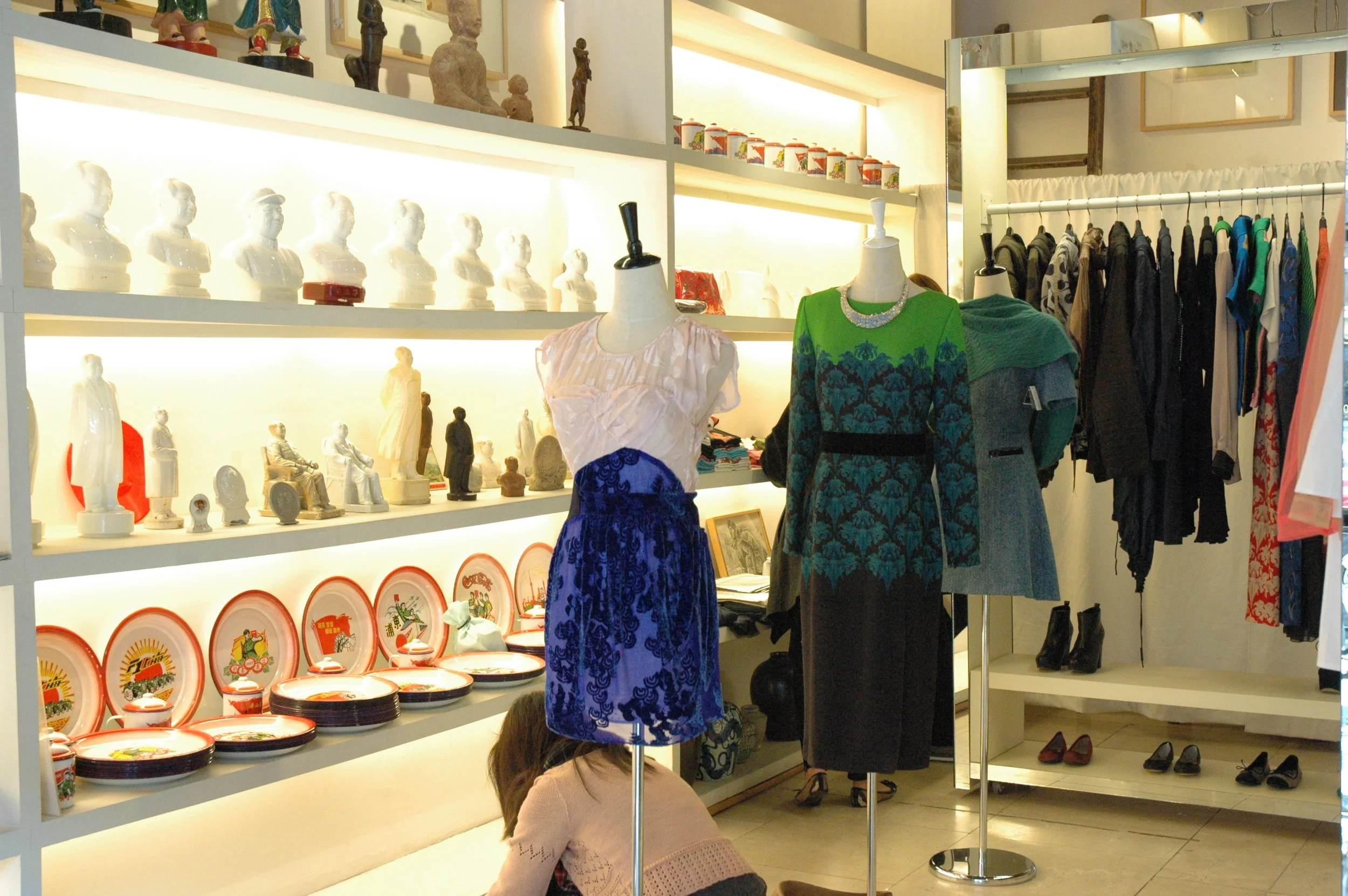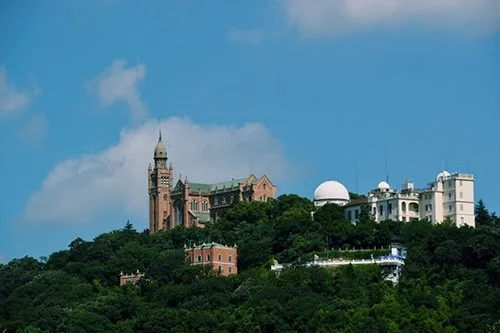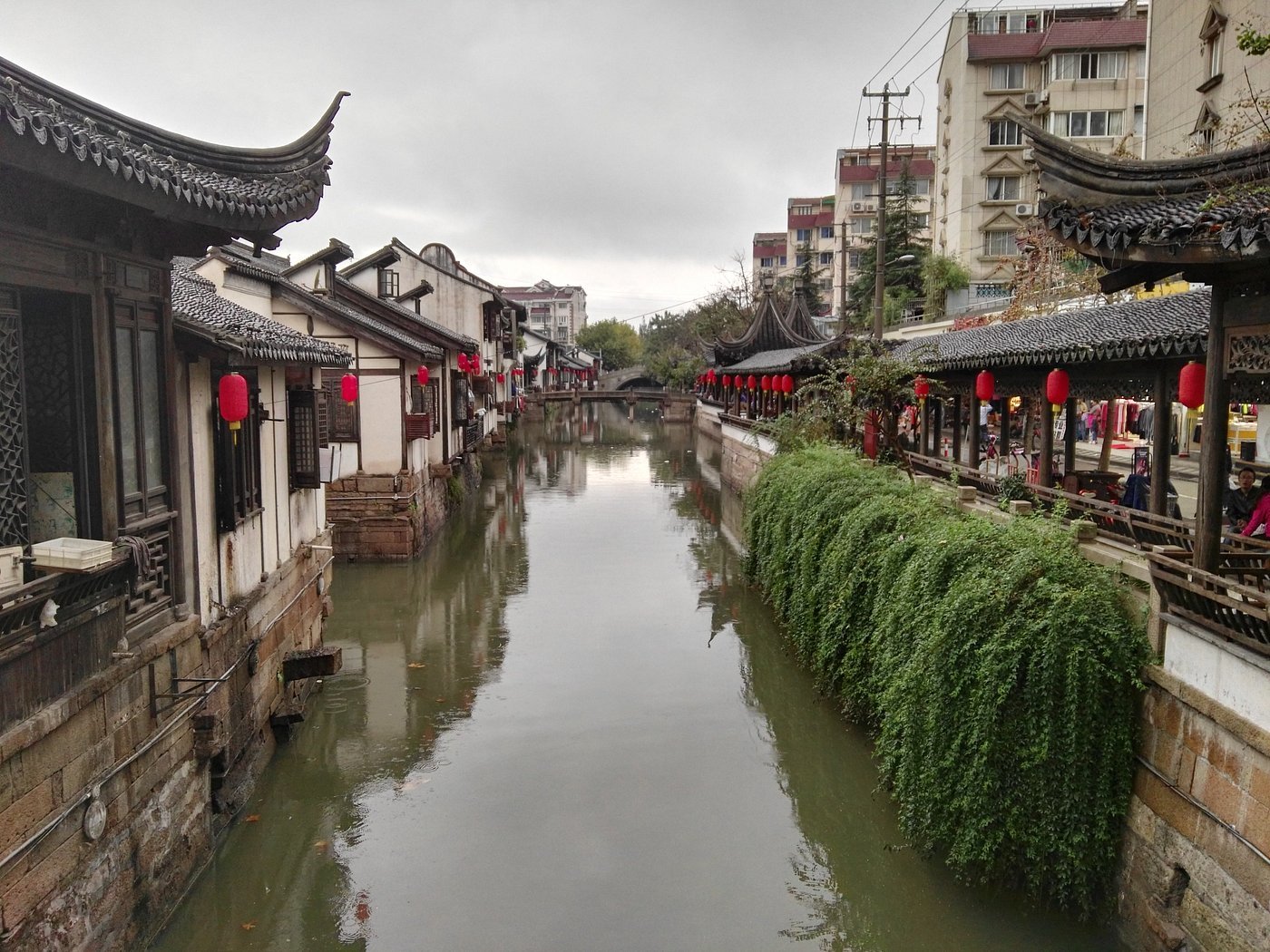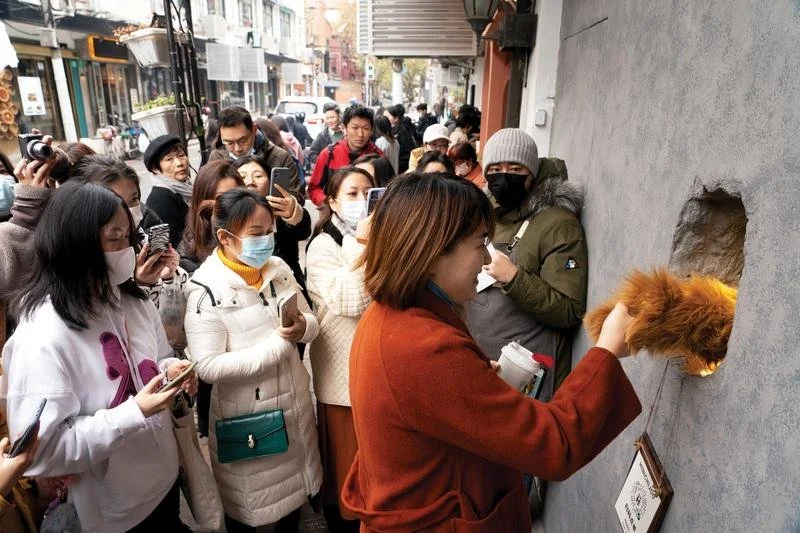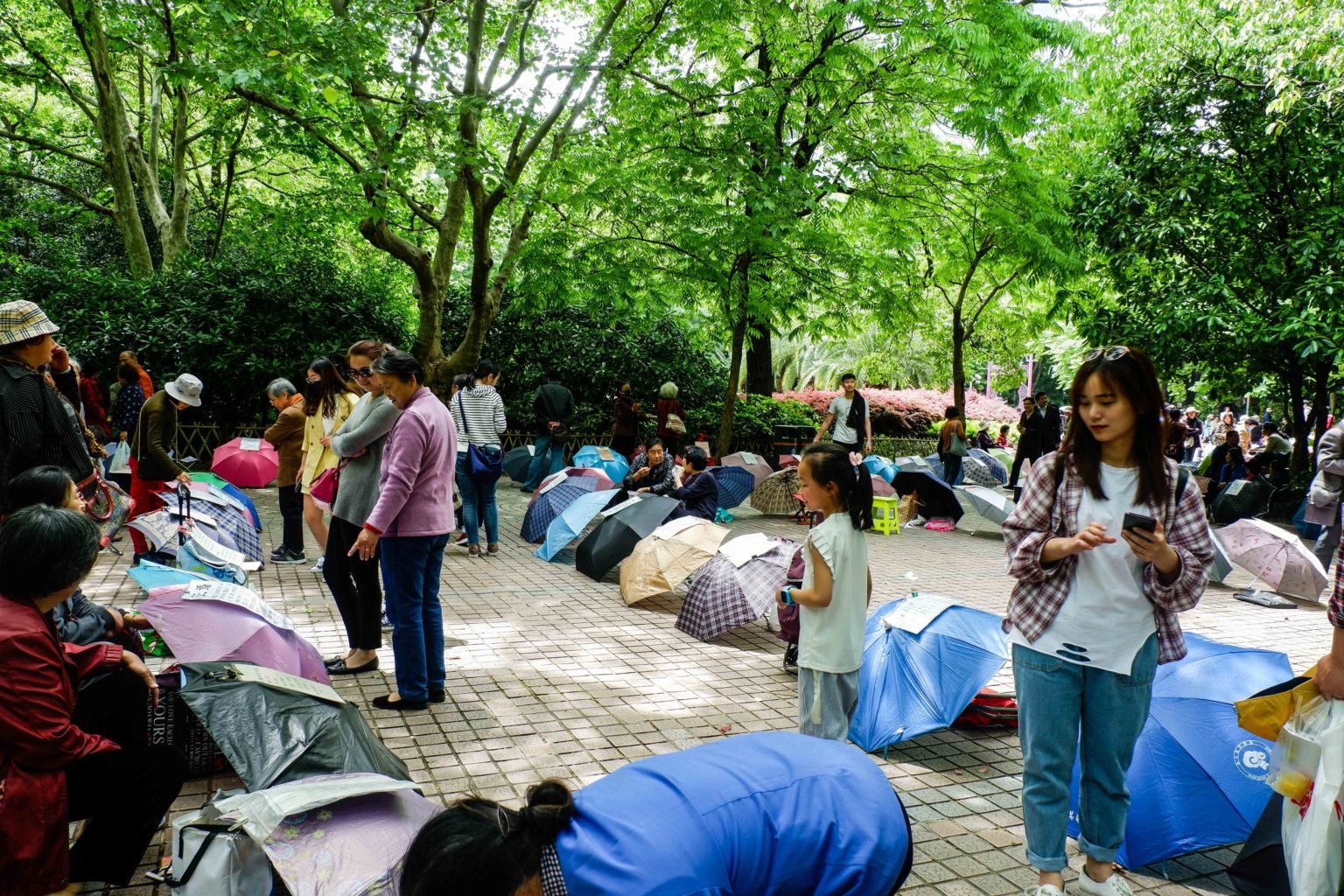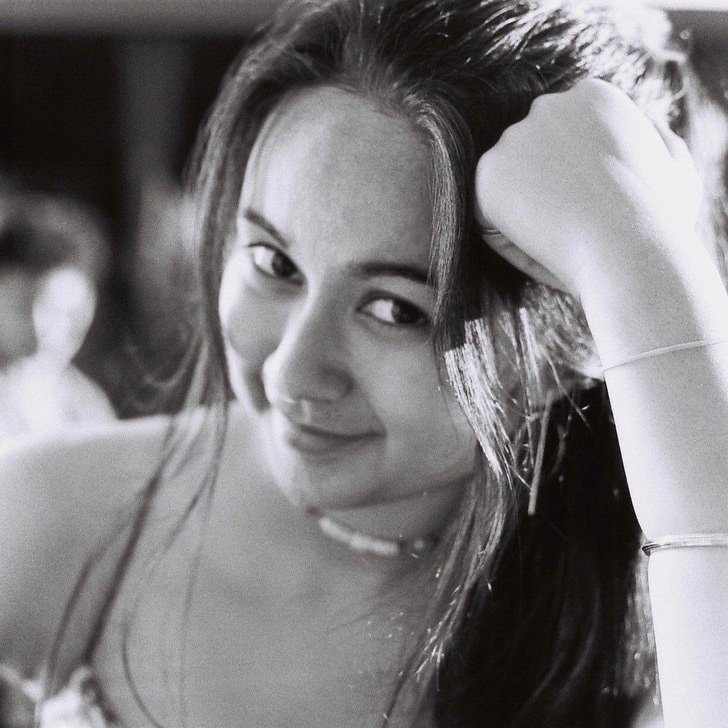From cultural collections to ancient architecture, here are 6 of Shanghai’s esoteric sites.
Shanghai’s skyline hides a city that blends historic culture and ancient tradition. Azizofegypt. CC BY-SA 2.0
The bustling metropolis of Shanghai is home to a whopping 26.3 million people, with an additional 632,000 tourists journeying to experience the city’s incredible history and traditions each year. Beyond the Bund’s iconic skyline and unbeatable nightlife, however, lie a treasure trove of hidden museums, culinary experiences and historical landmarks all waiting to be discovered. These lesser known enclaves will take you off the traditional tourist trails along the Bund or up the Pearl Tower, and will introduce you to new sides of the city’s multifaceted personality and culture.
1. Madame Mao’s Dowry
Madame Mao’s Dowry is chock full with vintage and modern Mao-inspired designs. Shanghai Collected. CC BY-SA 2.0
Whether you're an avid fashionista, a history enthusiast or simply curious about China's cultural heritage, a visit to Madame Mao's Dowry promises a full introduction to the impact of the Cultural Revolution and Mao Zedong’s rule on contemporary Chinese design. Its collection of artifacts ranges from photographs and posters to clothing and stationery, all displayed on antique furniture dating between 1949 and 1976, a period known eponymously as the Mao Era. Since 2001, Madame Mao’s has endeavored to highlight the complex connection between Mao’s political legacy and art by running various projects that encourage the use of old propaganda in modern visual art culture. In addition to the vintage items, the store also displays pieces by a handful of local Shanghai artists whose work draws from and reflects the artistic trends of the era, as well as housing their very own line of Mao-inspired paraphernalia. The intimate cultural space is occasionally transformed into a salon in partnership with Literary Shanghai, and hosts poetry readings, writing workshops and book launches among other events. Located in the Jing’An neighborhood to the west of the river, this store cum museum is definitely worth a visit.
2. Sheshan National Forest Park
Sheshan Basilica and the observatory sit atop the highest peak in the forest park. Meet In Shanghai. CC BY-NC 2.0
With an extensive and efficient public transport network, there is little excuse for overlooking destinations outside the city center. Sheshan National Forest Park is easily accessible from Sheshan Station and is the only natural mountain forest in the city’s vicinity. Covering over 400 hectares of land, the so-called resort includes several smaller parks and a multitude of hiking trails of varying difficulty, including the West Hill park in which stands the majestic Sheshan Basilica. Dating back to 1942, this towering 20 meter tall (roughly 70 feet) Roman Catholic cathedral has withstood extensive damage and unrest since its construction, and fuses traditional Chinese craftsmanship with the Western architectural tradition. In addition to the Basilica, the forest is home to China’s oldest observatory, an ancient tea garden, and 10,000 birds from over 50 distinct species. If visiting in the Spring, be sure to stick around for the Bamboo Shoot Festival, in which fresh bamboo shoots that break ground following the annual spring rains are harvested and prepared in local delicacies. Sheshan Forest Park is not to be missed by nature lovers or cultural explorers.
3. Propaganda Poster Art Center
The Propaganda Poster Art Center is tucked away in the basement of an apartment complex. Yasmin Crawford-Hunt. CC BY-SA 2.0
As its name suggests, Shanghai’s Propaganda Poster Art Center is home to the world’s largest collection of Mao Era propaganda posters, with over 6,000 individual artifacts on display. In addition to traditional paper signs that had been plastered all over public surfaces, the center has an impressive number of vintage cloth and woodcut pieces, as well as posters made in the “dazibao” or big character style, sheets covered in political speeches written in traditional calligraphy. Almost every year since 2010, this private museum has held special exhibitions around the world to showcase particular items and new additions to their collection in an effort to ensure that China’s recent history is not forgotten and to highlight the importance of propaganda art as a cultural, social and political tool. Just recently, the museum came into possession of hundreds of Shanghai Lady posters dating back to as early as 1910, which provide an even earlier glimpse into the use of propaganda in Chinese culture. Located in the Changning District on the west side of the river, this collection is a must for those interested in contemporary Chinese history, or for anyone looking for a unique souvenir.
4. Jiading District
The Ancient Town center of Jiading is accessible by boat. Chloe_cpc. CC BY-SA 2.0
This northwestern suburb was a thriving hub back during the Song Dynasty (1127-1279 AD), well before Shanghai grew to be the urban metropolis it is today. Despite its surroundings being full of factories and industrial production plants, Jiading District remains an enclave of cultural museums, ancient pagodas and scenic canals. For those looking for more contemporary attractions, Jiading is home to the Shanghai International Circuit, where the Chinese Formula 1 Grand Prix takes place. The district’s best sites, however, date back hundreds of years: Jiading’s Ancient Town was built during the early Qing Dynasty (1636-1912) and the main Confucian Temple from 1219 is one of the best-preserved in the world. The former can be toured by boat and explored via the many canals that run through the streets, the perfect way to step back in time and learn why the neighborhood was designated a “water town”. This area is also the birthplace of the world famous and universally loved Xiao Long Bao steamed soup dumplings, in addition to a variety of other unique local bites. For a day away from the crowds and noise of Shanghai’s city center, Jiading is the perfect getaway.
5. Hinichijou
Crowds gather to buy coffee from the friendly bear paw. China Daily. CC BY-NC-ND 2.0
On December 3, 2020, a cafe opened on Yongkang Road in Shanghai’s Xuhui District, an area highly popular among locals for its abundance of cafes and for its Instagram-worthy aesthetic. This establishment, however, was something special: through a literal hole in the gray wall, a furry bear paw emerged, pointing to the QR code hanging just beneath and encouraging passers-by to place their orders. This adorable gimmick was actually only part of the attraction, as customers soon found out that the cafe exclusively employed baristas with disabilities through the China Disabled Persons’ Federation, because it wanted to support and help provide employment opportunities for those with disabilities. The store’s opening coincided with the International Day of People With Disabilities and was then operated by two hearing impaired baristas. Since then, it has received incredible amounts of public support and has been able to open nine branches across the city, despite the general hardship caused by the COVID-19 pandemic. The chain has also furthered its mission by visiting with other similar businesses it has inspired across Southeast Asia and providing training to their employees as well. Its next project is to open another location in partnership with a local school for the visually impaired, before expanding overseas as well. For a quick coffee break with a conscience, Hinichijou is the place to go.
6. People’s Park Marriage Market
Umbrellas are laid out with marriage resumes on top. Fiona Mai. CC BY-SA 2.0
It was not long ago that all marriages in China were arranged. While most of the country has moved on, the weekly Marriage Market in the centrally located People’s Park is a striking remnant of such traditions. From noon till 5pm every weekend, parents gather and display their children’s marriageability resumes by balancing them on umbrellas or posting them on fences, highlighting their salaries, career prospects, and property ownership in the hopes of attracting an interested party. Photos are rarely included on the resumes, and there is little information about physical appearance or personal interests. Visitors are welcome to observe the proceedings without participating themselves, although be sure to respect the fact that for many of these parents, this is their last hope at finding partners for their children before they are deemed “leftover” men and women by society. According to unspoken tradition, it is customary to be married by the age of 25 and to be starting a family within two after that years, after which remaining single is often stigmatized or heavily questioned. For a one-of-a-kind immersive cultural experience, the Marriage Market is an event to see.
Tanaya Vohra
Tanaya is an undergraduate student pursuing a major in Public Health at the University of Chicago. She's lived in Asia, Europe and North America and wants to share her love of travel and exploring new cultures through her writing.


